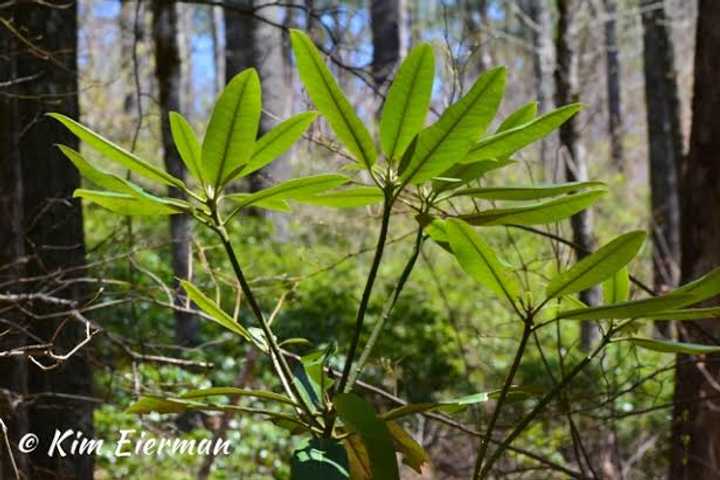There are some exceptions, such as valuable native grasslands, natural meadows, and wetlands, which should be preserved if you are lucky enough to have them.
The natural succession of most of the Northeast, and many other parts of the country, is a reversion to woodlands. How should this impact you as a homeowner? Mother Nature really does know best, and she is telling you to emulate the forest and its edges, by landscaping in layers.
Every layer supports different native species that are all interconnected in our ecosystems. Using birds as an example, Hawks, and even Blue Jays, are dependent on certain tall trees. Birds, like the charming Eastern Towhee, utilize shrubs and forest edges.
Our native woodlands in this region have numerous, natural layers. Here is a hint: it’s not the usual suburban array of a low grass lawn, dotted by large canopy trees, and a few foundation plantings around the house. Mother Nature does better than that, she provides numerous layers that include: tall canopy trees, shorter sub-canopy trees, a shrub layer, a sub-shrub layer, an herbaceous layer of flowering perennials and grasses, followed by a ground cover layer of various low-growing plants.
If you want to support Mother Nature, and you should since you depend on the services she provides, then emulate nature in your landscape, and plant in layers with the regional native plants that support your environment.
You probably already have a lawn and some tall trees. This spring, remove some of your lawn and plant the next “forest layer” with ecologically valuable native understory trees, such as Redbud, Pagoda Dogwood, Serviceberry, Chokecherry, American Holly, and Eastern Red-cedar.
Next, move on to the shrub layer with great choices such as native Viburnums, Wnterberry, Spicebush, shrubby Dogwoods, Chokeberries, American Hazelnut, Azaleas, Summersweet and Oakleaf hydrangea. Keep going with sub-shrubs such as New Jersey Tea, St. John’s Wort, Dwarf Bush Honeysuckle, Smooth Hydrangea, Black and Box Huckleberries, Lowbush Blueberry, Dog Hobble, Yellowroot, and so on, and so on, until you have planted all the layers which nature needs to thrive.
Keep in mind two things:
- regional native plants support your local ecosystem, and
- always plant the right plant in the right place.
There are many local native plant sales going on at this time of year – a terrific source for great native plants and useful information from well-informed volunteers.
Kim Eierman, a resident of Bronxville, is an environmental horticulturist and Founder of EcoBeneficial! When she is not speaking, writing, or consulting about ecological landscapes, she teaches at the New York Botanical Garden, Brooklyn Botanic Garden, The Native Plant Center and Rutgers Home Gardeners School.
Click here to follow Daily Voice White Plains and receive free news updates.
